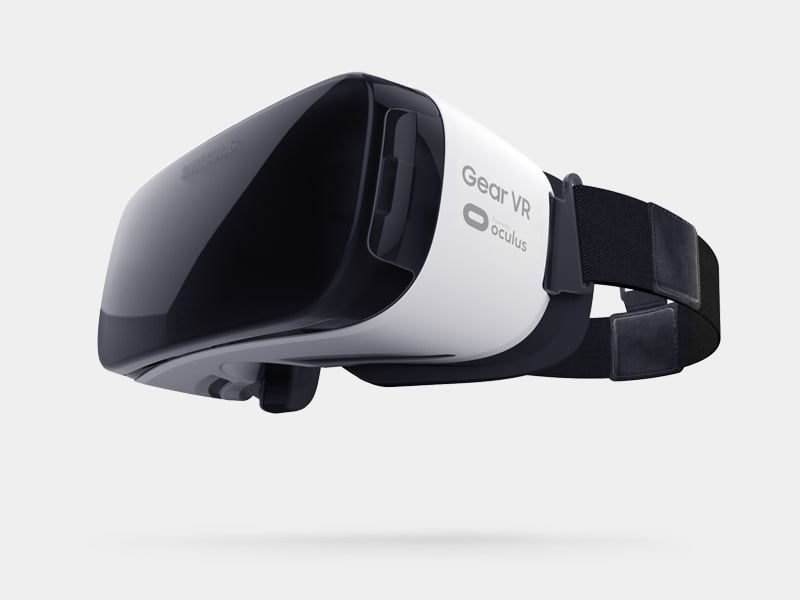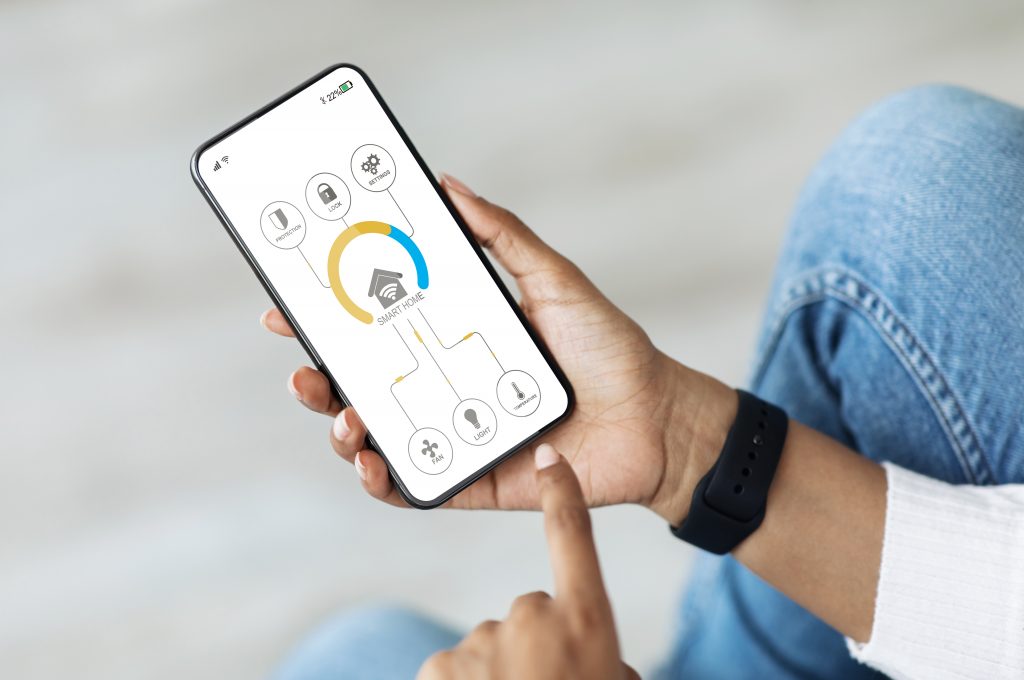If you’ve paid much attention to the tech or gaming world lately, you’ve probably heard about the new virtual reality revolution that is taking place. Many thought VR was a bust years ago because of a lack of quality technology to make it really convincing or successful. But with the technological advances of the past few years, virtual reality is making a resurgence with 2 major headsets recently released and another coming later this year. If you’re interested in learning more about what VR is or how you might go about getting your own VR setup, this guide should give you a good starting point.
Before we dive into info about headsets that are available or will be soon, let’s start with a few terms and concepts you might want to know about:
Virtual Reality Vocabulary
HMD stands for Head Mounted Display. This is the fundamental unit of most VR setups, and it is pretty much what it sounds like: essentially, a screen attached to your face that displays the virtual world.
Presence is a term widely used in the virtual reality world to describe a feeling of really being in the virtual world you are experiencing. Another way to put it is that you feel so immersed that you forget you are in a virtual world. Creating a long-lasting sense of presence is the ultimate goal for developers making VR content.
VR sickness is an unfortunate reality (no pun intended) in VR experiences. While it has largely been eliminated in newer devices, it was common in older devices for the users to have symptoms similar to motion sickness, including dizziness and nausea, that typically lasted a few hours. This is caused by conflicting inputs to your senses, such as the visual appearance of moving through space but your inner-ear telling you that you are sitting still. Despite hardware and game design improvements and the fact that symptoms are typically lessened with more familiarity with using VR, it is still a possibility you should be aware of!
Positional and rotational tracking allow virtual objects to move in sync with your head movements or other tracked objects such as controllers. Rotation tracking can be used to move your virtual view based on how your head is turned, whereas positional tracking is used if you were to move your head side-to-side. Accurate tracking can help reduce VR sickness and enhance presence.
Stereoscopic 3D is a concept many will be familiar with if they’ve seen any 3D movies. It is essentially presenting slightly different images to each eye in a similar way to how we normally see things. This allows the brain to merge those images and interpret them as 3D objects with depth. Like tracking technology, stereoscopic 3D is a staple in good VR tech and contributes to presence.
Roomscale VR is the term coined for VR in which you can stand up and even walk around while in VR. This helps enhance presence since in real life you aren’t stuck in a chair or standing in one spot. Many early virtual reality experiences were sitting-only experiences, but roomscale experiences are becoming more widespread. To help avoid bumping into things while moving around, companies making headsets add different mechanisms to alert users if they begin approaching the boundaries of the safe area.
Now that we have some VR lingo under our belt, let’s talk about some of the recent VR devices and if one of them may be right for you.
Virtual Reality Devices
Oculus Rift

Image: Oculus VR
Any conversation about modern VR would be incomplete without mentioning the Oculus Rift. Oculus (the company) was bought by Facebook after a successful Kickstarter campaign for the original Rift headset. The device has gone through several iterations to become the consumer device that launched in March 2016. In addition to its high quality and capability to provide a sense of presence, the Rift is widely praised for its relatively easy setup and comfortable design. The Rift also has some exclusive gaming content which can be purchased through the Oculus Home app store. The Rift currently doesn’t support roomscale, but with motion-tracked hand controllers slated to be available later this year, the experience will be enhanced. The Rift is currently priced at $600, but keep in mind it also requires a gaming computer that could run an additional $1000 or more if you don’t already have one. Another caveat is that the Rift is currently on backorder for several months, and pre-orders have already experienced shipping delays so far.
HTC Vive

Image: HTC
The other major VR setup that recently launched is produced by HTC and Valve, the makers of the Steam game platform (which, not surprisingly, is also where you can get games for the Vive). The Vive differentiates itself from the Rift in a few ways. First is that Vive is built for roomscale VR using a unique tracking setup, although it also supports sitting and standing experiences as well. Secondly, the Vive includes two tracked hand controllers, so that you have a virtual representation of your hands or objects that you might be holding in the virtual world. It allows you to interact more directly and naturally in-game (I can personally attest from a demo I tried that this adds greatly to the sense of immersion and presence). These extra perks will cost you, though: the Vive currently costs $800, and also has a months-long backorder. The Vive also requires a beefy gaming computer to run. But it may be worth it to enthusiasts as several new outlets have named the Vive as the top of the line in VR tech at the moment.
PlayStation VR
Formerly known as Project Morpheus, Sony is creating a VR headset for use with the PlayStation 4 console. It uses the PS4’s existing camera and Move controller peripherals for tracking. The PS VR headset is set to launch in October starting at $399. The PS VR headset is a little more limited in terms of quality than the Rift or Vive since it is powered by the PS4, but the lower cost very well may make it worth it for PS4 owners.
Samsung Gear VR

Image: Oculus VR
The Gear VR is a mobile HMD produced by Samsung in collaboration with Oculus. Rather than being powered by a high-end computer, the Gear VR is actually powered by Samsung phones, which are slotted into the headset. It uses the screen, sensors, and computing power within the phone (with some additional hardware in the headset) to bring the user into the virtual world. It only works with certain Samsung phones – namely, the latest Galaxy S-series and Note devices. Obviously, the quality that can be achieved will be lower than other devices powered by a PC or console (for example, it does not support true positional tracking, only rotational). However, the fact that it is portable and the lower $99 price tag may well make the Gear VR an economical choice, especially if you already own a compatible Samsung device.
Google Cardboard

Image: Wikipedia
So, Google Cardboard isn’t actually just a single device, but rather a design that was created by Google and made open so that manufacturers can make their own versions. As the name suggests, they are largely made out of cardboard, and like the Gear VR, utilize a smartphone for all the fancy stuff. Unlike Gear VR, though, Cardboard headsets work with any modern iOS or Android phone. Compatible apps can be downloaded via the respective app stores. Once again, it will be a lower fidelity experience than other devices, but the ease of being able topick up a cardboard headset for $20 (or less) online makes it stand out. If you are looking for an inexpensive option to get your feet wet with virtual reality or just something to get you by until you save up for a more premium experience, a Cardboard headset is a perfect option.
Hopefully that gives a good overview of the current VR landscape. As time goes on, we will no doubt see even more incredible advances in VR technology and these devices will likely become even more generally accessible. Now if you’ll excuse me, I’m going to go check if my HTC Vive has shipped…
Need help getting the word out on your new project?



